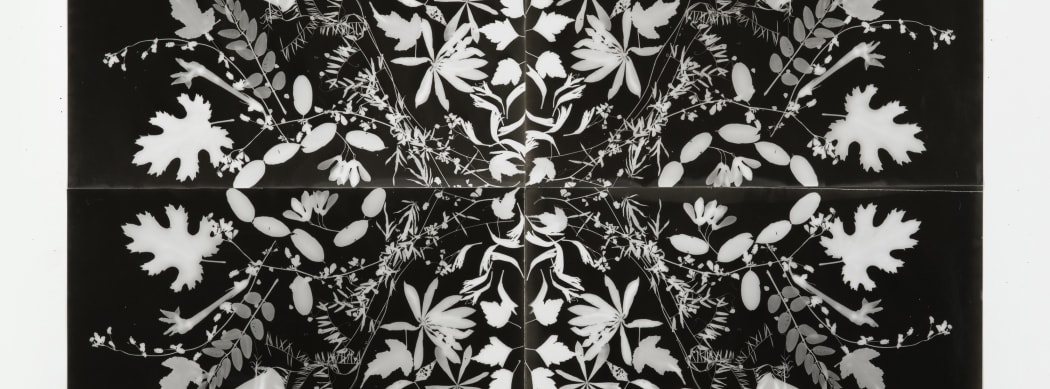
The 2017 Association of International Photography Art Dealers (AIPAD) Photography Show this year in New York at Pier 94 revealed a global selection of contemporary work beyond the plentiful exhibitions of older, vintage work. There were roughly 150 Galleries, book dealers and Special Exhibitions. Approximately 2250 different photographers were shown on the walls, in the bins and boxes of the dealer booths. While there are many excellent images to visually overwhelm any of us, the six 1() images discussed here spoke loudly and take us to a visually dynamic place. The selected images represent the creative use of old, current and experimental photography, in some cases, mixed with other art media.
The image below, “Pagliaccio, 2016” is a unique hand-painted photograph and collage created by Paolo Ventura, an Italian artist and photographer. The buildings and other depicted objects are models Ventura hand built and painted to be used in his photographs. Some of these were on display at the AIPAD Special Exhibition, “Fifteen Countries”, which were selected works from the Martin Z. Margulies Collection. The people collaged into Ventura’s images are himself and his wife. There is an artistry in these images by combining both hand created background sets, using photography to photograph himself, his wife or others, and then to have the photograph become the artistic object. This combination of media, construction and assembly takes the use of photography to a very dynamic level of expression.
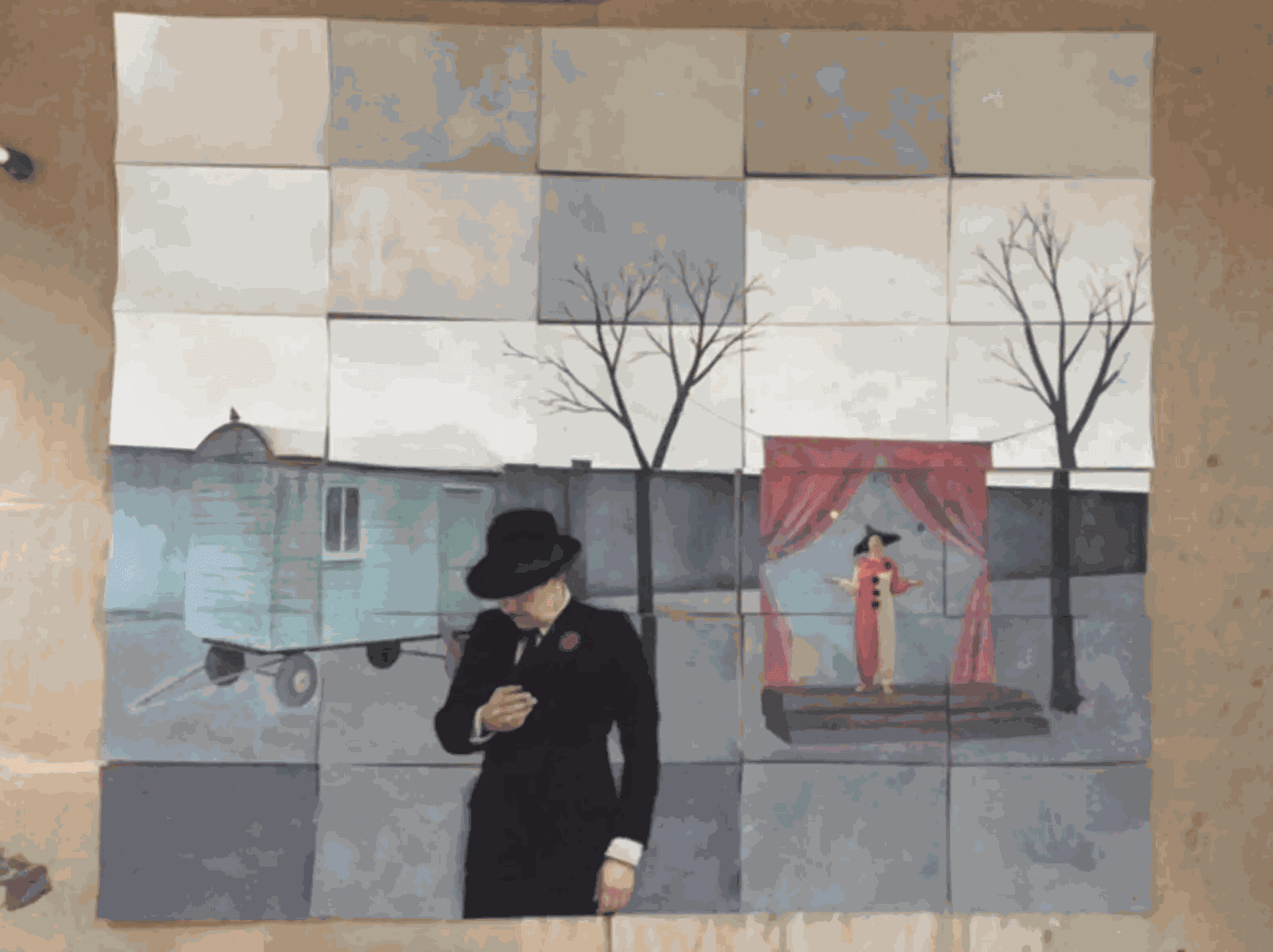
Cuba has a number of photographers now being discovered here in the United States. At AIPAD, there was a Special Exhibition of Cuban art from the collection of Madeleine P. Plonsker: “The Light in Cuban Eyes”. Among the work exhibited is the photographer Arien Chang Castán. The untitled work from his series “Campo, 2011” is a black & white digital print diptych. While both images are traditional photographic images, the combination into one visual statement is not. The young boy in the lower part of the image appears to be supporting the entire river in the upper image, with a small amount draining down over his head. In both images there is a horse, near and far. In the upper photograph, a man, up to his neck in water, is peering at us from beneath and behind the horse that is calmly enjoying the cool river water. Below, the horse is behind the young boy, but we also see another small boy beneath the head and neck of the horse standing on dry land. Within the combined image, we have many different spatial and human relationships that make this an exceptional visual composition.
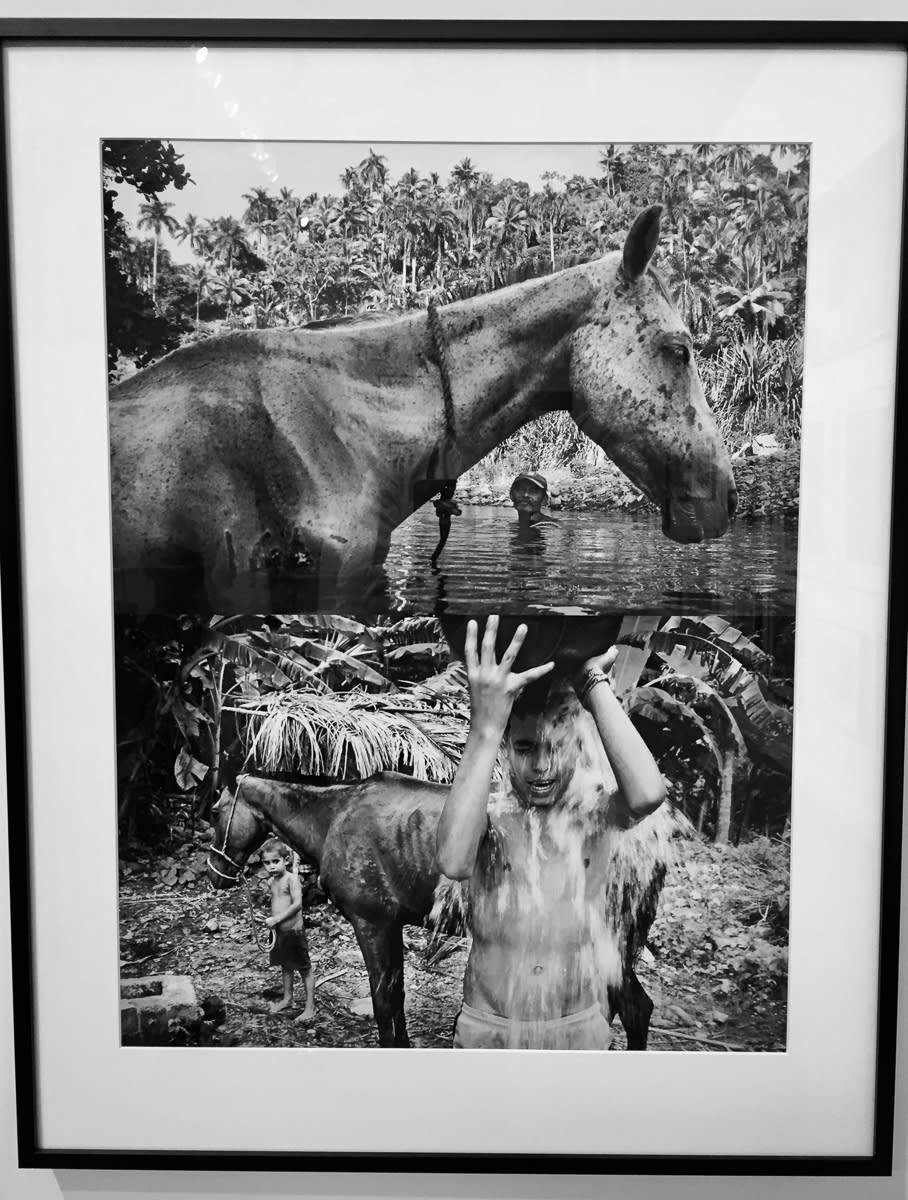
A photograph as an object can itself become sculptural. Christopher Russell uses a fine edge knife to etch a design into the paper’s image and emulsion. This body of work shows a blurred landscape in the background, with his physical etching echoing his thoughts and reaction to what he has photographed. It’s again another challenge to a straight visual image, unlike Castán’s work. Like several of the other artists, he has chosen to use photography as part of the art rather than the visual image as the entire statement. Another difference from traditional analog or digital photography is that each work is unique. No two images will be the same. Multiple identical images cannot be reproduced from a film negative or digital file. Each image’s surface is scratched and abraded in a different way. The blurred background causes the viewer to try to look beyond the image put into the surface to see what’s there, so it requires some focus and concentration, capturing successfully a viewer’s attention to the image. Consider that one improper scratch or abrasion will ruin that entire image and the artist would have to start over. The viewer, in realizing this, must have an appreciation for the artistry involved and study what the artist has presented.
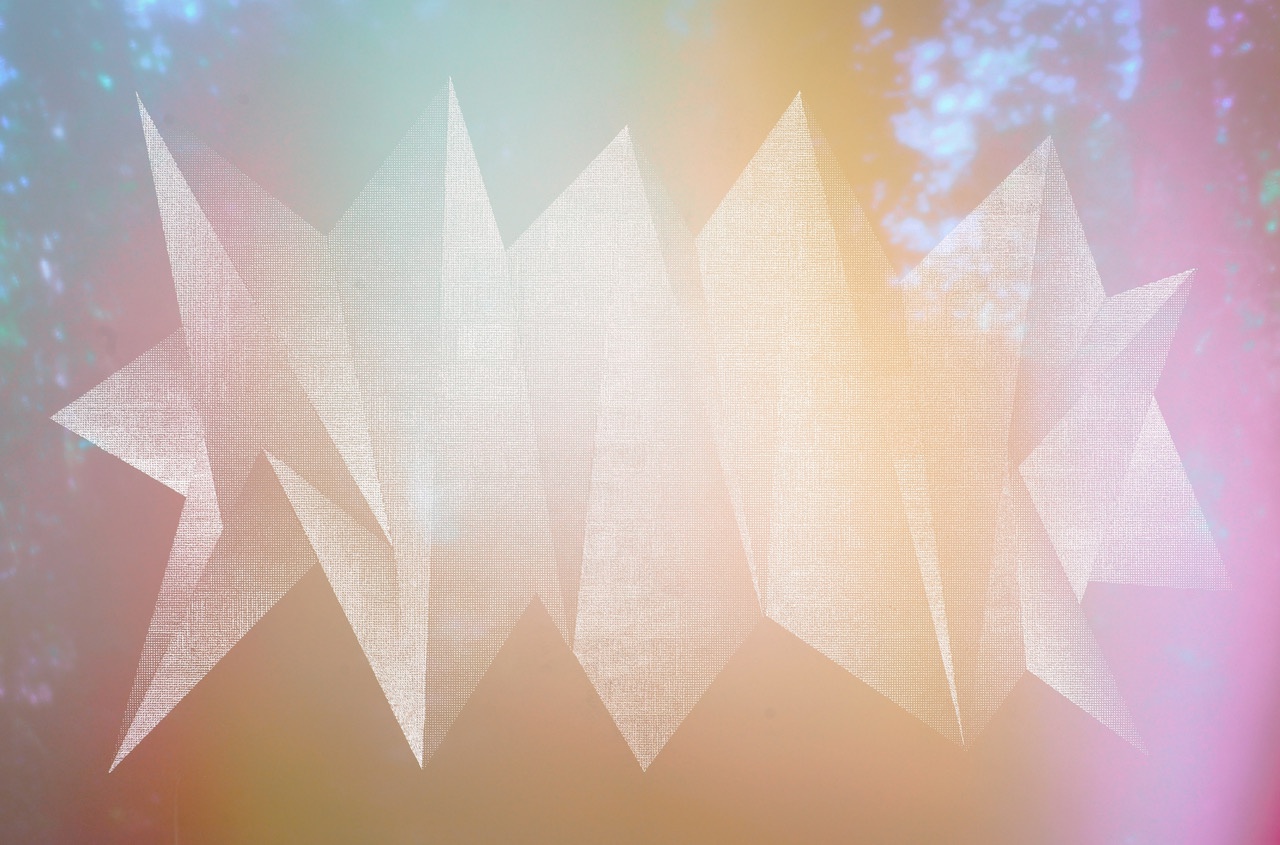
Another photographer, Sebastiaan Bremer, modifies the surface of his images in a different way. Bremer carefully draws small lines and dots in a wavy flow across the entire surface of the image. The concentration to detail and technical effort, as with Russell, must be intense. With some of the images, playful objects like fish are included. The photographs themselves are very well executed. The printing and tonal range are subdued. There is a softness and sensitivity communicated in how the woman in the image is shown. This is only a detail of a much larger image to focus our attention on the meticulous drawing on the image surface. The drawing on the surface of the image snags the viewers attention, and draws one into the details of the photograph. There is a tension between looking at the image from a distance and seeing the whole; and then walking up close to examine what Bremer has drawn onto the print surface.
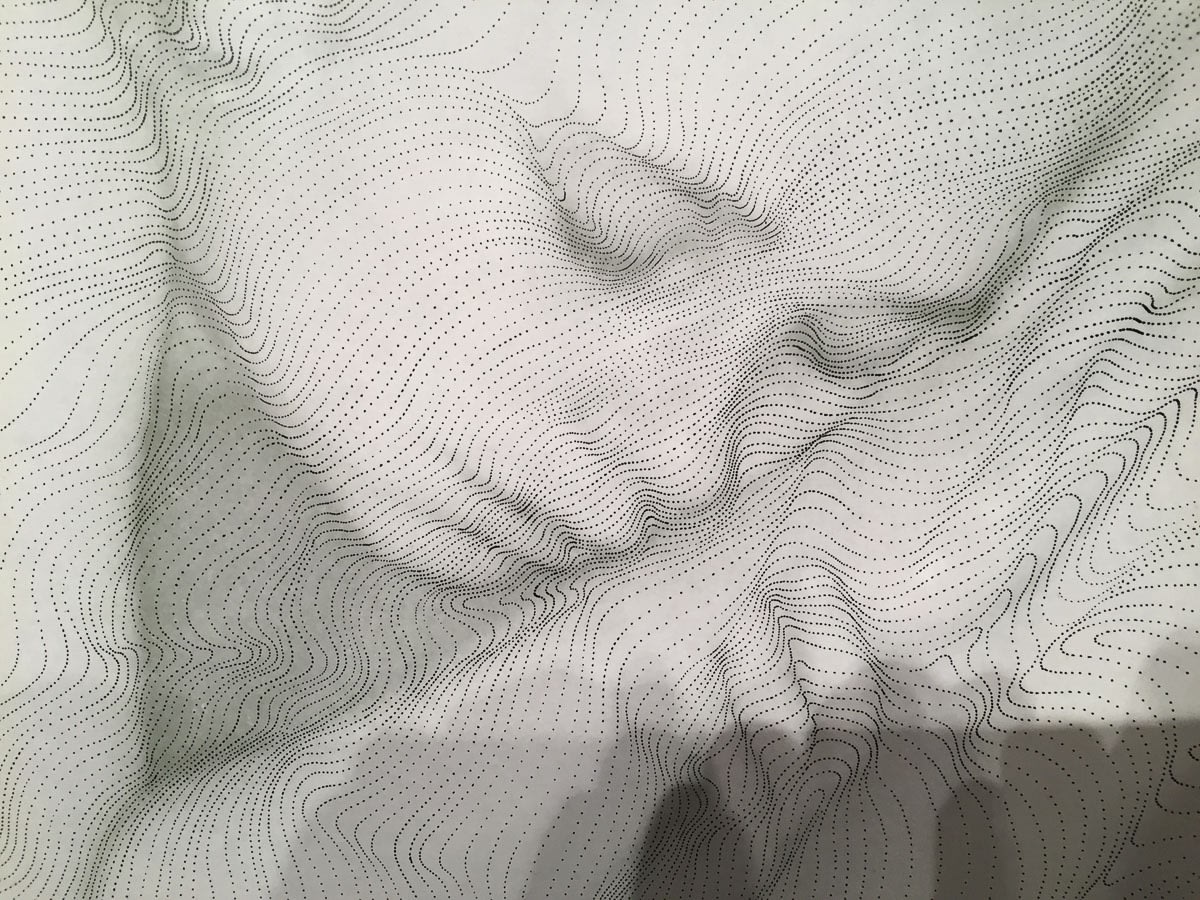
Some photography-based art pieces have to be physically seen to really appreciate the quality and visual perspective the artist has created. Originally from Poland, and now France, Gabriela Morawetz’s “Ideal Structures, 2012-2013” from her series “Away From You, Close to you” is a very physical photographic object. She prints and mounts a silver gelatin print into a frame. Then she prints another image on to a silver emulsion layered onto the inner side of a curved dome like glass bubble that is placed over the first image. The two images are sealed together with what looks like a soldered or molded lead metal frame like an old stained-glass window. Morawetz has created a dialogue between these two images. Again, this artist has encouraged the viewer to pay attention and look more closely. The viewer has to look at both and reflect on how and why these two images have been combined.
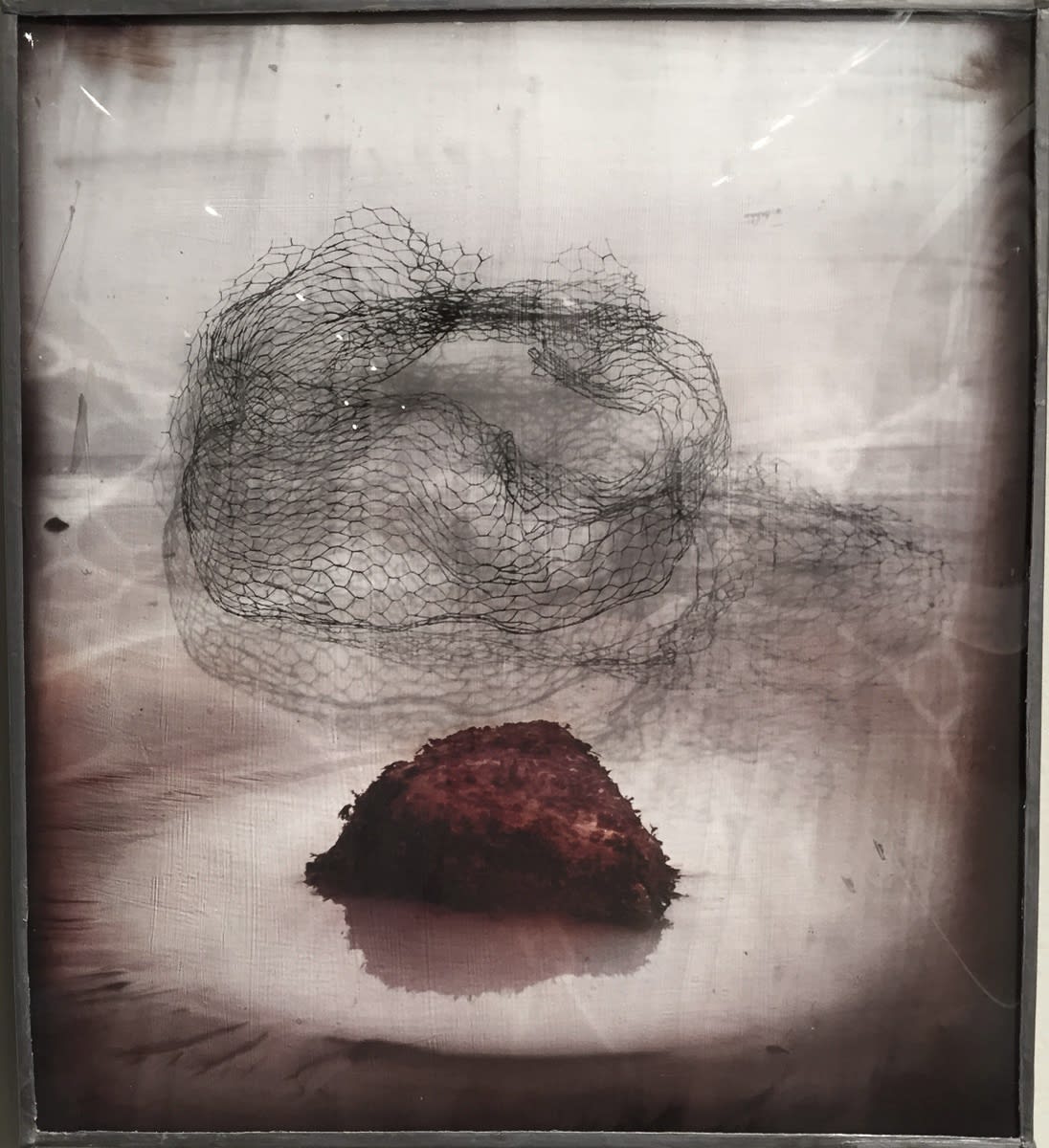
Older historic methods of photography have been resurrected and re-revisited by contemporary photographers over the last several years. The Wendy Small work from her portfolio “Remedy” shown below are large photograms. Photograms are created when objects are layered directly onto a light sensitive surface, exposed to light and then developed. “Remedy pieces are made by collecting leaves, weeds, or flowers from a specific place (indicated in the title) and placing those leaves directly onto photo paper and exposing the paper to light.” These images are made of four 20”x24” sheets. These are not digital. The exposed sheets of photographic paper are developed in a “wet” darkroom using developer, stop bath, fixer and water washed as analog images were made prior to the digital printing revolution. Ms. Small’s work in this portfolio is a very engaging contemporary use of an older photographic technique going back to the earliest days of photography.
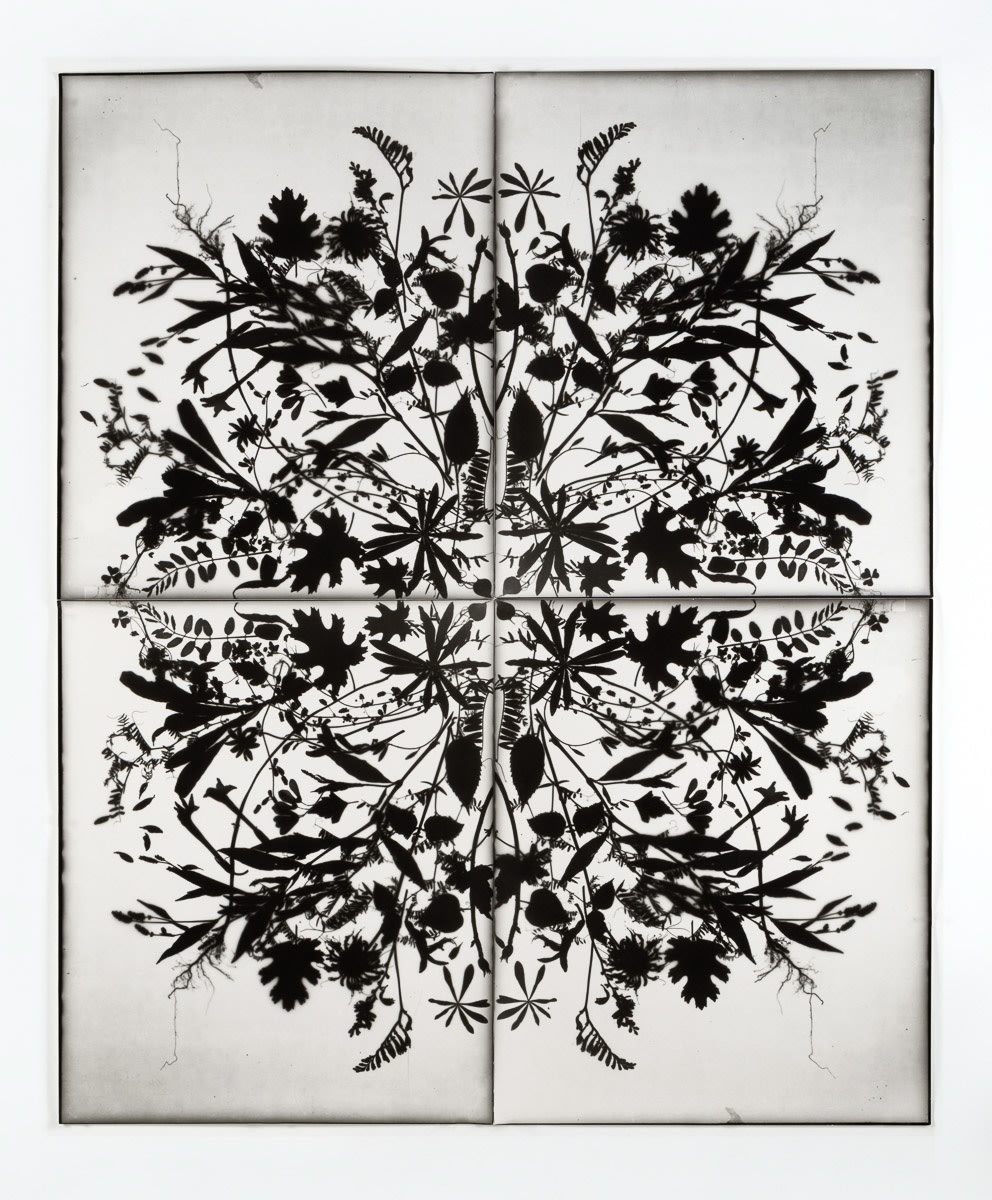
Attending the AIPAD Photography Show is an annual event that those who love looking at photography should attend. There are clearly far too many works to discuss in any one article. These six selections, out of the approximately 2250 images at the fair, represent only a fraction of the variety in photographic expression. Images executed as “straight” photographic work, whether analog or digital, can still make us see parts of our world and lives differently and imaginatively. We see that older methods of photography, including cameraless techniques such as photograms, are just as visually appealing and informative today as 150+ years ago. Combining photography with other media, whether printing or embedding images on or into other materials, constructing objects included in a collage or set, is an extension of the artist’s voice. And then, there is the distortion of the image itself. Here, we see the destruction of the emulsion, or in another detailed drawing on the print surface. In other cases we know the image can be folded, crumpled, presented as is, and/or rephotographed to play with our visual sense of depth and dimension. These few images clearly show there are no limits to visual engagement and expression in photographs.
Notes: